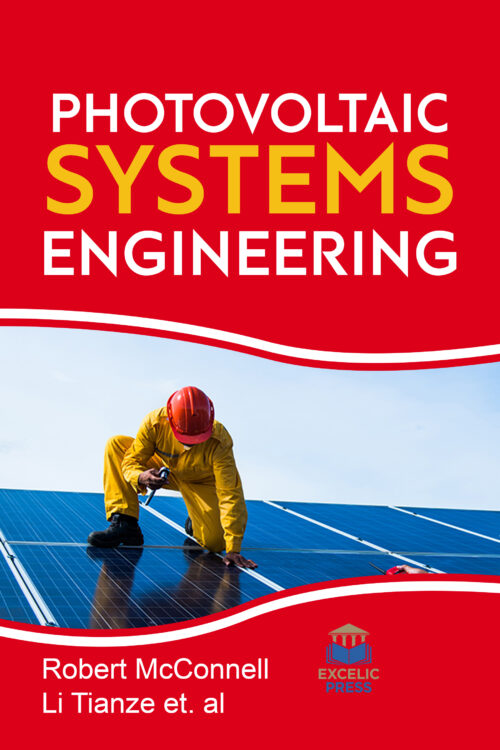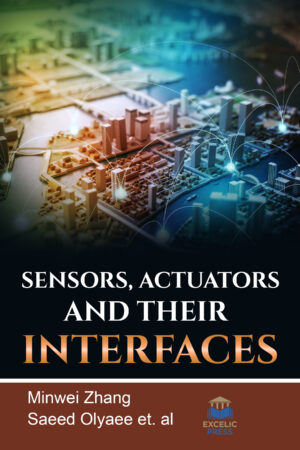Description
World demand for energy is projected to more than double by 2050 and to more than triple by the end of the century. Incremental improvements in existing energy networks will not be sufficient to fulfill this demand in a sustainable way. Finding sufficient supplies of clean energy for the future is one of society’s most daunting challenges. Solar photovoltaic (PV) technology is one of the most important renewable sources of energy generation. Since the early realization of PV effect in 1839, there have been steady improvements in the performance of solar cells and the application of advanced materials has given birth to new generations of solar cells. PV modules have got various applications for electricity generation in remote, rural, and even in urban areas. They have got applications in different sectors ranging from agriculture, household to industry. PV modules can be used in most of the sectors where energy is required. The PV modules can be integrated in buildings to fulfill dual purposes, namely, generation of electricity and harvesting of thermal energy too.
The book educates about the design of PV systems so that when engineering judgment is needed, the engineer can make intelligent decisions based on a clear understanding of the parameters involved.
Photovoltaic Systems Engineering provides a comprehensive engineering basis for photovoltaic (PV) system design, so engineers can understand the what, why, and how associated with the electrical, mechanical, economic, and aesthetic aspects of PV system design. It identifies the key scientific challenges and research directions that will enable efficient and economic use of the solar resource to provide a significant fraction of global primary energy by the mid 21st century.
This book offers a prominent discussion for reporting advances in this rapidly developing technology, aiming to address several audiences: engineers and scientists in the field of photovoltaics, students interested in PV science and technology, and end users who require a greater understanding of theory and practice to supplement their applications.





